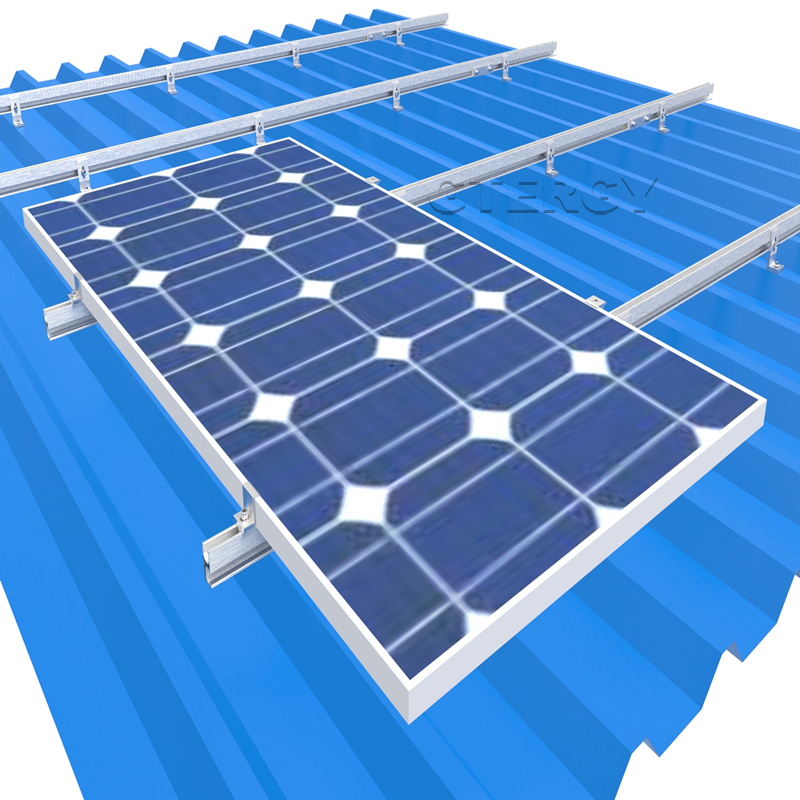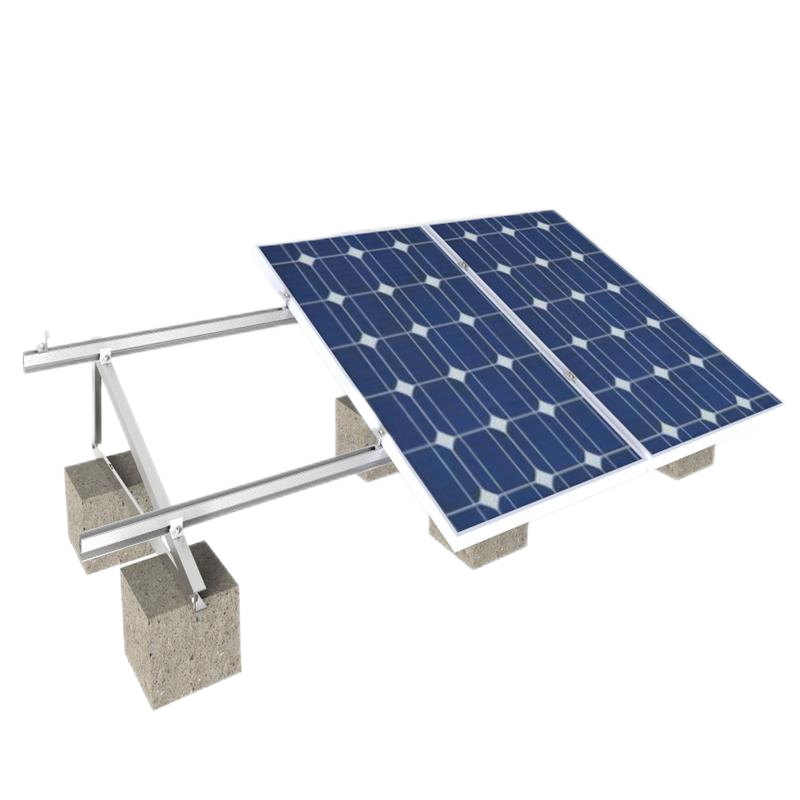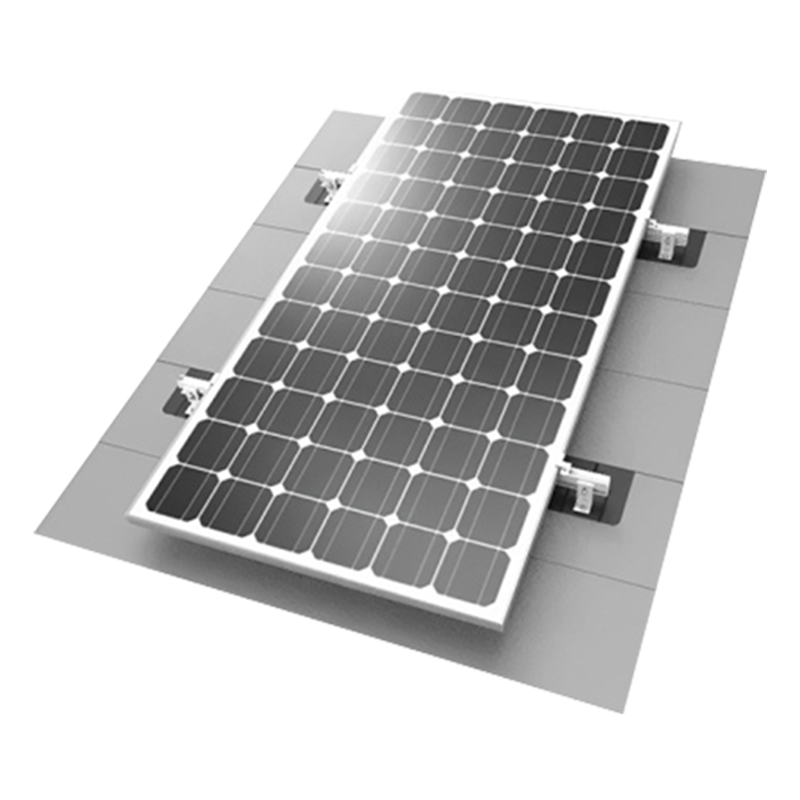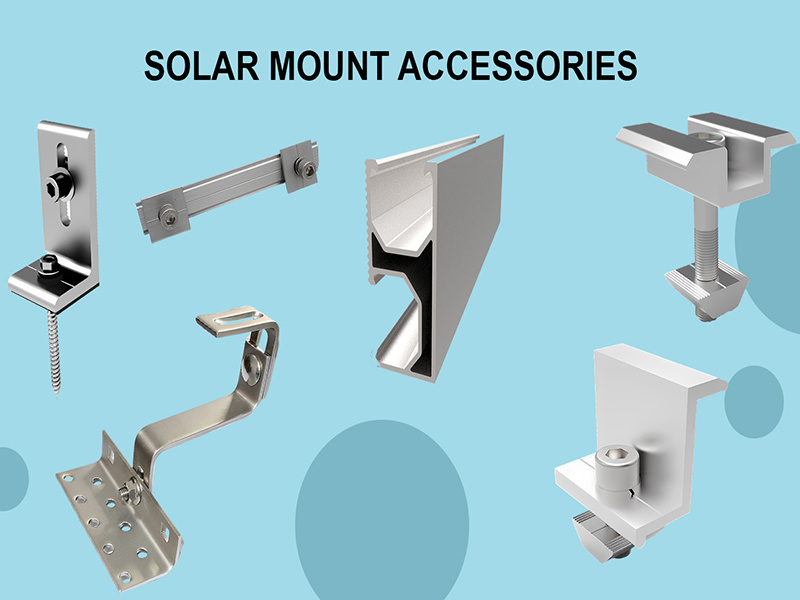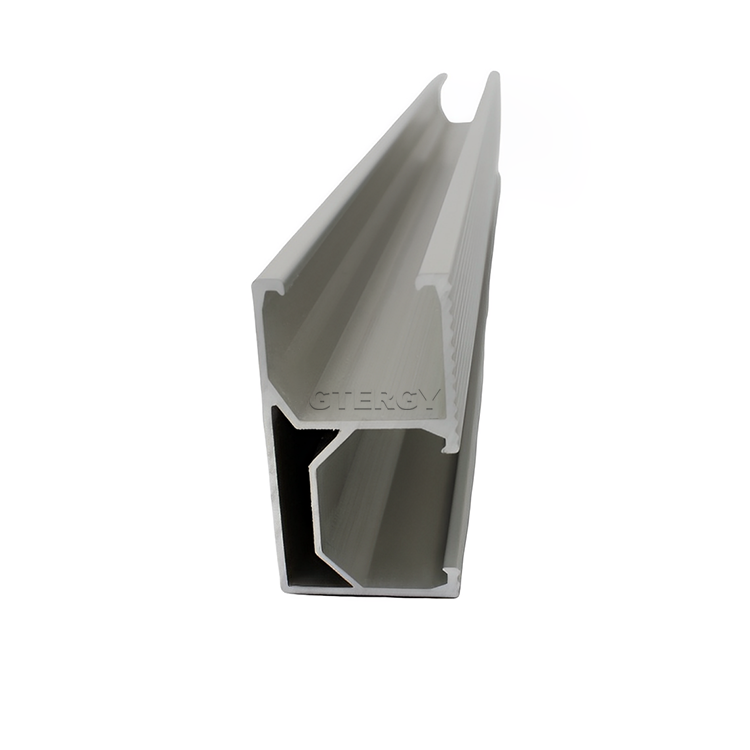Maximizing Space: Innovative Mounting Solutions with PV Mounting Rails
2025-07-05
Maximizing Space: Innovative Mounting Solutions with PV Mounting Rails
Introduction to PV Mounting Rails
In the ever-evolving world of solar energy, **PV mounting rails** have emerged as a critical component for maximizing space and optimizing solar panel installations. These rails serve as the backbone of solar mounting systems, allowing for versatile configurations that enhance both efficiency and aesthetics. As the demand for renewable energy continues to rise, understanding innovative mounting solutions becomes essential for homeowners, businesses, and solar contractors alike.
The Importance of Efficient Space Utilization
In today's context, where land is at a premium and energy demands are increasing, **efficient space utilization** is paramount. Whether on rooftops or ground mounts, solar panel installations need to make the most of available real estate. This is where PV mounting rails shine. By providing a sturdy yet flexible framework, these rails allow for optimal panel arrangement, maximizing energy capture without sacrificing aesthetic appeal.
What Are PV Mounting Rails? An Overview
PV mounting rails are long, durable strips designed to hold solar panels securely in place. Typically made from aluminum or stainless steel, these rails offer weather resistance, strength, and longevity. They come in various lengths and configurations to accommodate different panel sizes and installation environments.
Types of PV Mounting Rails
When considering **PV mounting solutions**, it’s essential to understand the different types of rails available:
1. **Fixed Rails**: These are designed for installations where the panel angle remains constant. Fixed rails are often used in traditional rooftop solar systems.
2. **Adjustable Rails**: These enable users to change the angle of the panels seasonally, optimizing energy capture throughout the year.
3. **Ground Mount Rails**: Designed specifically for installations on the ground, these rails provide a robust solution for larger solar farms.
4. **Ballasted Systems**: Ideal for flat rooftops, these systems use weight to secure the panels without penetrating the roof surface.
Advantages of Using PV Mounting Rails
Implementing **PV mounting rails** in solar installations offers numerous advantages that go beyond simple aesthetics. Here are some key benefits:
1. Enhanced Structural Integrity
PV mounting rails provide unparalleled strength and stability. They are engineered to withstand harsh weather conditions, ensuring that solar panels remain securely attached even in high winds or heavy snowfall.
2. Improved Energy Efficiency
By optimizing the angle and positioning of solar panels, PV mounting rails can significantly enhance energy capture. This means more electricity generated from the same amount of sunlight, leading to better returns on investment.
3. Versatility in Design
The adaptability of PV mounting rails allows for creative installations, whether on residential roofs, commercial buildings, or expansive land installations. Their design accommodates various panel configurations, ensuring that each installation is tailored to the specific space requirements.
4. Simplified Installation Process
Modern PV mounting rails are designed for easy installation. Many systems come with pre-drilled holes and intuitive assembly instructions, reducing labor time and costs.
5. Aesthetically Pleasing Solutions
With sleek designs and customizable options, PV mounting rails can complement the architecture of any building, providing an aesthetically pleasing solar solution.
Innovative Trends in PV Mounting Solutions
The solar industry is continuously evolving, with new technologies and methodologies emerging. Here are some trends shaping the future of PV mounting solutions:
1. Integrated Solar Roofs
Emerging technologies are blurring the lines between roofing materials and solar panels. Integrated solar roofs combine roofing and paneling in one seamless design, reducing the need for traditional mounting solutions while enhancing efficiency.
2. Smart Mounting Systems
With the advent of smart technology, innovative mounting systems are being developed to monitor and adjust angles automatically based on sunlight exposure. These systems can significantly boost energy generation.
3. Eco-Friendly Materials
Sustainability is at the forefront of modern solar solutions. Manufacturers are increasingly utilizing recycled and eco-friendly materials for PV mounting rails, ensuring a lower environmental impact.
4. Modular Systems
Modular PV mounting systems allow for scalability. This versatility is crucial for installations that may expand over time, permitting easy additions without requiring extensive redesign.
Installation Best Practices for PV Mounting Rails
To ensure a successful installation of PV mounting rails, several best practices should be followed:
1. Conduct a Site Assessment
Before installation, a thorough site assessment is crucial. Factors such as roof pitch, sun exposure, and potential shading from surrounding structures must be evaluated.
2. Choose the Right Rail Type
Select the appropriate type of rail based on the specific installation environment and solar panel configuration.
3. Follow Manufacturer Guidelines
Adhering to the manufacturer’s installation guidelines ensures that the PV mounting rails perform optimally and maintain structural integrity.
4. Regular Maintenance Inspections
Post-installation, regular inspections are vital to ensure that the mounting system and solar panels remain secure and effective.
Case Studies: Successful Implementations of PV Mounting Rails
Examining successful case studies can provide valuable insights into the practical applications of PV mounting rails.
1. Residential Rooftop Installation
A family in California installed a solar rooftop system using adjustable PV mounting rails. By optimizing the angle seasonally, they increased their energy output by 20%, significantly reducing their electricity bills.
2. Commercial Solar Farm
A large commercial property utilized fixed PV mounting rails for their solar installation. The project not only met their energy needs but also qualified for renewable energy incentives, showcasing the financial benefits of efficient solar solutions.
Cost Considerations for PV Mounting Solutions
When budgeting for a solar installation, understanding the costs associated with PV mounting rails is essential.
1. Initial Investment vs. Long-Term Savings
While the initial investment in high-quality PV mounting rails may be higher, the long-term savings on energy bills and maintenance can offset these costs significantly.
2. Incentives and Tax Benefits
Many regions offer incentives and tax benefits for solar installations, which can help mitigate the upfront costs associated with PV mounting solutions.
Future of PV Mounting Solutions: What Lies Ahead
As technology continues to advance, the future of PV mounting solutions looks promising. Innovations in materials, efficiency, and design will likely lead to even more effective and aesthetically pleasing solar installations, making renewable energy more accessible to everyone.
Frequently Asked Questions (FAQs)
1. What are PV mounting rails made from?
PV mounting rails are typically made from durable materials such as aluminum or stainless steel, which provide excellent weather resistance and structural integrity.
2. How do I choose the right type of PV mounting rail?
Choosing the right type of rail depends on your installation environment. Factors such as roof type, desired panel angle, and whether the system will be on the ground or a rooftop play a significant role.
3. Can PV mounting rails accommodate different solar panel sizes?
Yes, most PV mounting rails are designed to be versatile and can accommodate various solar panel sizes, making them adaptable to different installations.
4. How often should I inspect my PV mounting rails?
Regular inspections are recommended, ideally once a year, to ensure that the mounting system remains secure and performs effectively.
5. Can I install PV mounting rails myself?
While some homeowners may choose to install PV mounting rails themselves, it is advisable to consult with professionals to ensure proper installation and adherence to safety standards.
Conclusion
PV mounting rails play a critical role in the effectiveness and efficiency of solar installations. By maximizing space and enhancing energy capture, these innovative solutions represent the forefront of solar technology. As we continue to embrace renewable energy, understanding and implementing effective PV mounting solutions will be essential for homeowners, businesses, and solar contractors alike. Investing in high-quality mounting rails not only optimizes performance but also contributes to a more sustainable future.
Related Information



